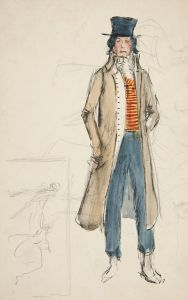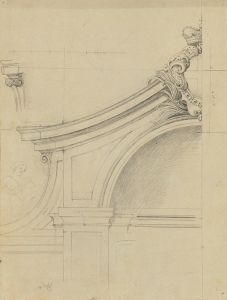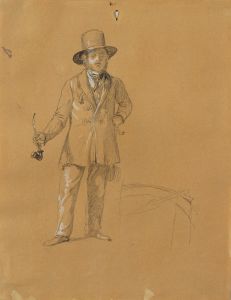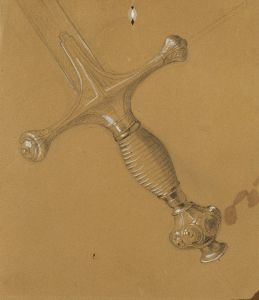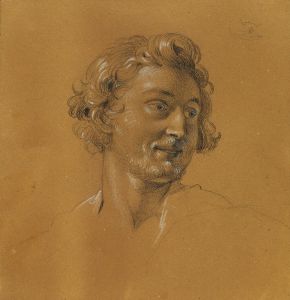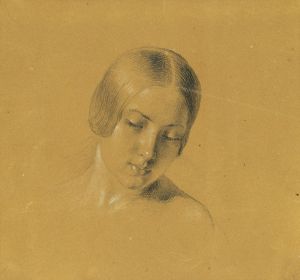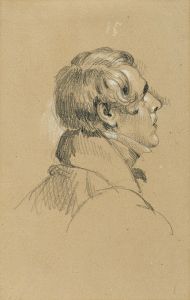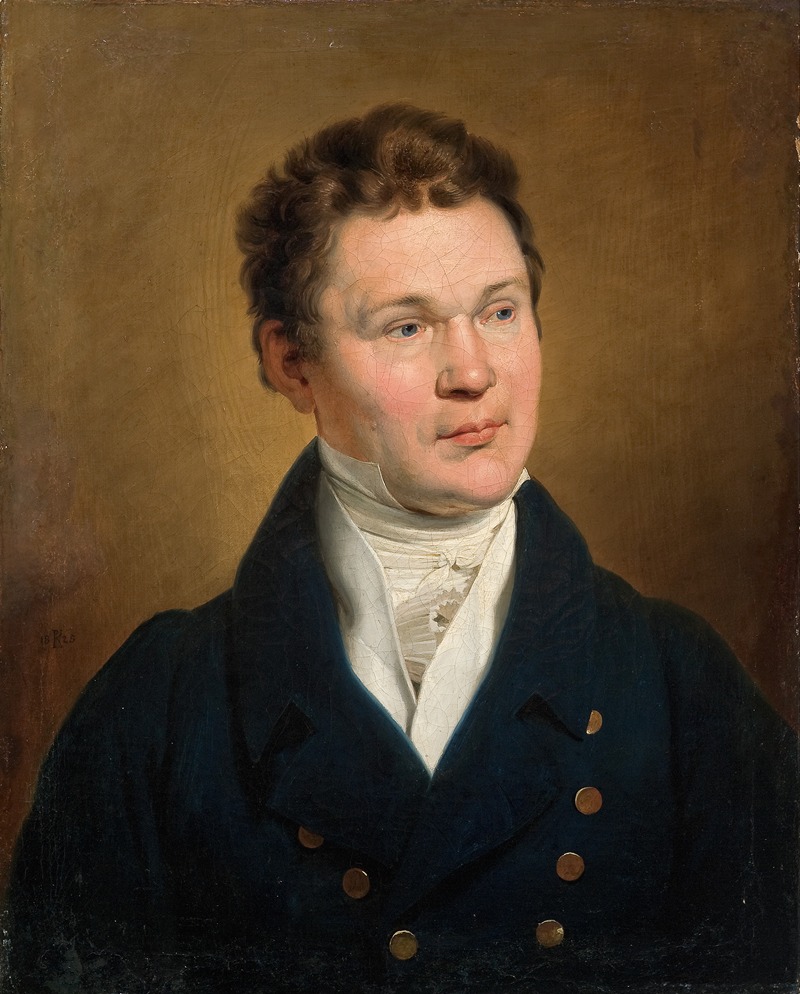
Bildnis eines jungen Mannes
A hand-painted replica of Johann Peter Krafft’s masterpiece Bildnis eines jungen Mannes, meticulously crafted by professional artists to capture the true essence of the original. Each piece is created with museum-quality canvas and rare mineral pigments, carefully painted by experienced artists with delicate brushstrokes and rich, layered colors to perfectly recreate the texture of the original artwork. Unlike machine-printed reproductions, this hand-painted version brings the painting to life, infused with the artist’s emotions and skill in every stroke. Whether for personal collection or home decoration, it instantly elevates the artistic atmosphere of any space.
Johann Peter Krafft was an Austrian painter known for his contributions to the Biedermeier period, a time characterized by a focus on the middle class and a preference for realism and detail in art. One of his notable works is "Bildnis eines jungen Mannes" (Portrait of a Young Man), which exemplifies his skill in portraiture and his ability to capture the essence of his subjects.
Krafft was born on September 15, 1780, in Hanau, Germany, and later moved to Vienna, where he became an influential figure in the art scene. He studied at the Academy of Fine Arts in Vienna and was deeply influenced by the works of the Old Masters, which is evident in his meticulous attention to detail and composition.
"Bildnis eines jungen Mannes" is a fine example of Krafft's portrait work, showcasing his ability to convey the personality and status of the sitter. The painting is characterized by its realistic depiction, with careful attention paid to the textures of the clothing and the subtle expressions of the young man. Krafft's use of light and shadow adds depth to the portrait, highlighting the contours of the face and creating a lifelike representation.
The Biedermeier period, during which Krafft was active, was marked by a shift towards more personal and intimate subjects in art, reflecting the values and interests of the burgeoning middle class. This period saw a move away from the grand historical and mythological themes that dominated the previous era, focusing instead on everyday life and individual character. Krafft's portraits, including "Bildnis eines jungen Mannes," are exemplary of this trend, as they often depict individuals in a straightforward and honest manner, emphasizing their humanity and individuality.
Krafft's work was well-received during his lifetime, and he held several prestigious positions, including that of a professor at the Academy of Fine Arts in Vienna. His influence extended beyond his own paintings, as he played a significant role in shaping the direction of Austrian art during the 19th century.
"Bildnis eines jungen Mannes" remains an important piece within Krafft's oeuvre, reflecting both his technical skill and his ability to engage with the cultural currents of his time. The painting is a testament to Krafft's mastery of portraiture and his contribution to the Biedermeier style, which continues to be appreciated for its focus on realism and the depiction of everyday life.
While specific details about the identity of the young man in the portrait or the exact date of its creation may not be well-documented, the painting stands as a representative example of Krafft's work and the artistic trends of the period. Through "Bildnis eines jungen Mannes," viewers can gain insight into the aesthetic values and social dynamics of early 19th-century Austria, as well as Krafft's enduring legacy as a portrait artist.







